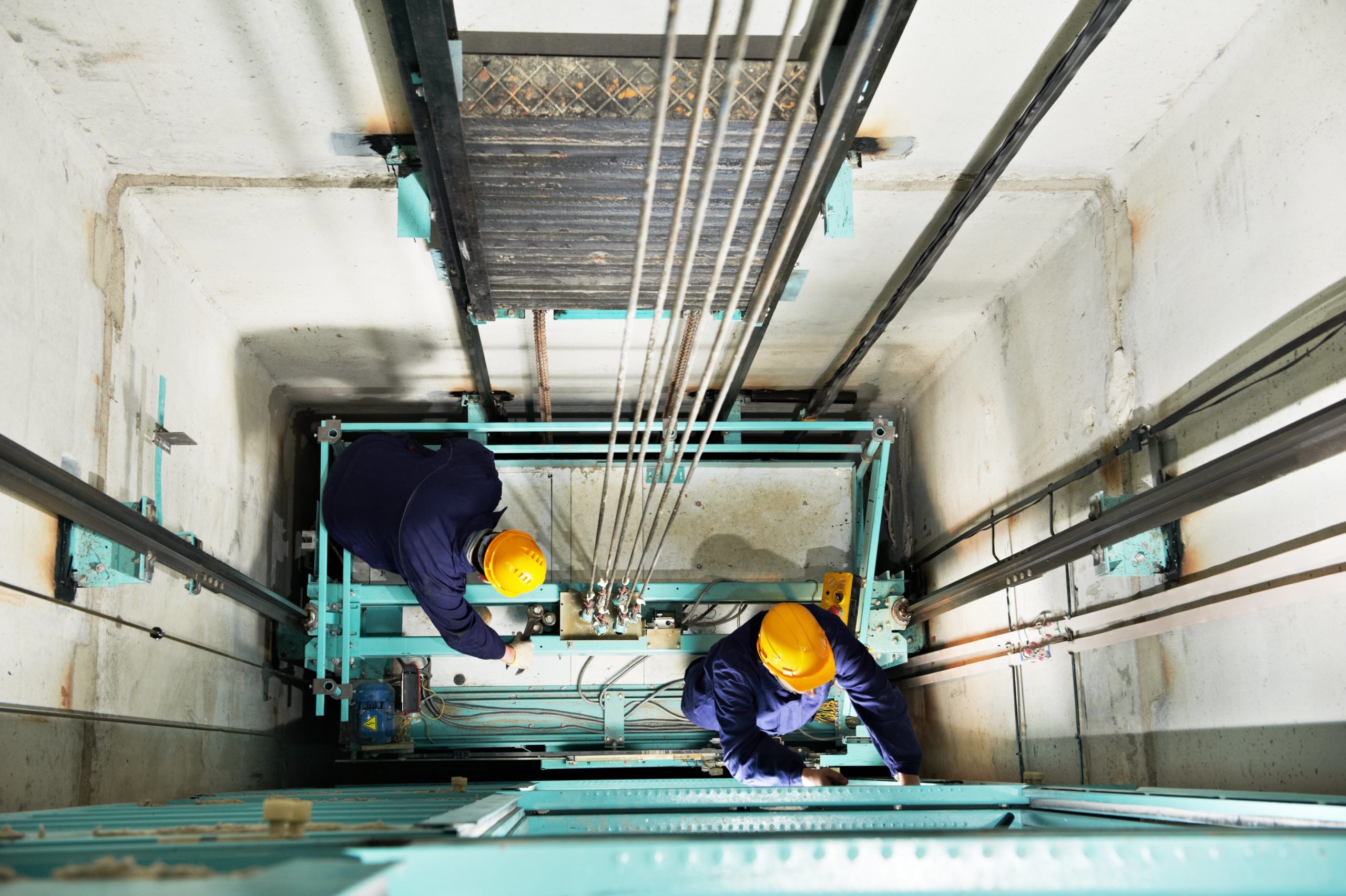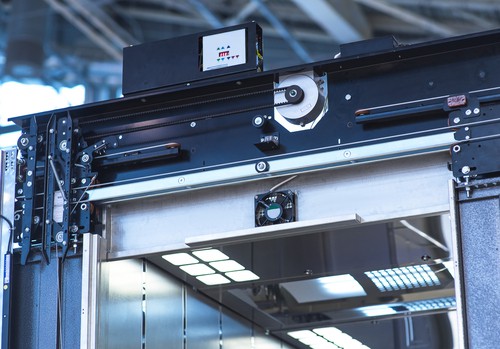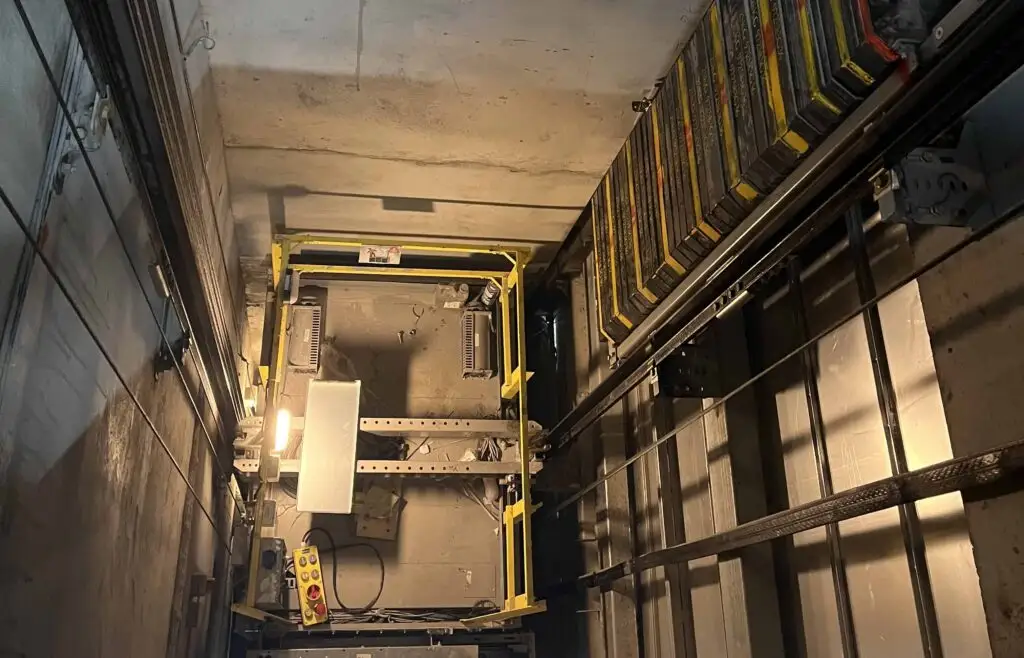Lift Maintenance Repair: Essential Providers for Optimal Lift Efficiency
Wiki Article
Pro Tips for Keeping Your Lift in Leading Problem: A Comprehensive Review
Making certain the optimum performance of a lift system is imperative for a effective and secure operation in different setups, from commercial warehouses to commercial buildings. By sticking to an organized maintenance program and preemptively addressing prospective issues, lift proprietors can mitigate expensive downtime and safety and security risks.
Significance of Regular Maintenance
Regular maintenance of your lift is vital to ensure its optimal performance and long life. By sticking to a routine upkeep schedule, you can identify and resolve possible problems before they escalate into expensive repair work or unexpected downtime. Regular maintenance jobs such as lubricating moving parts, examining for wear and tear, and inspecting hydraulic systems can assist prevent breakdowns and make certain safe procedure.Overlooking regular upkeep not just jeopardizes the effectiveness of your lift but also postures safety dangers to individuals and property. Elements that are not effectively maintained might stop working suddenly, leading to accidents or damage to the lift itself. Furthermore, resolving issues early through upkeep can extend the life-span of your lift and decrease the possibility of significant failures.
In addition to boosting safety and security and performance, normal maintenance can also conserve you money in the future. By purchasing precautionary upkeep actions, you can avoid expensive fixings or substitutes that may arise from disregarding the maintenance of your lift. Generally, focusing on normal maintenance is essential for making best use of the performance and durability of your lift system.
Leading Components to Evaluate

Furthermore, pay close interest to the lift's security attributes, such as emergency situation quit buttons, security sensing units, and interlocking mechanisms, to ensure they are operating appropriately. Regularly examine the lift shaft for debris or obstructions that can hamper the activity of the lift cars and truck. Lastly, don't fail to remember to analyze the doors, joints, and door operators to guarantee smooth opening and closing operations. By diligently examining these top parts, you can catch prospective issues early and guarantee your lift remains in leading condition.
Proactive Troubleshooting Strategies
When confronted with potential lift system issues, adopting aggressive repairing techniques can significantly improve operational performance and stop pricey downtime. One of the crucial proactive repairing strategies is to frequently keep an eye on and analyze lift performance information. By tracking metrics such as lift speed, electric motor temperature level, and energy usage, upkeep teams can identify very early indications of possible issues and take rehabilitative activities before they escalate. Carrying out regular aesthetic evaluations of essential parts, such as cords, wheels, and safety and security systems, can get redirected here also assist in spotting wear and tear or imbalances that might result in malfunctions. Furthermore, executing a preventive upkeep schedule that consists of lubrication of relocating components, screening of emergency brakes, and calibration of sensing units can proactively attend to common lift system troubles.In addition, purchasing training programs for maintenance staff on fixing methods details to the lift design mounted can empower them to detect and resolve problems quickly. By remaining ahead of possible issues via aggressive troubleshooting, lift drivers can make sure a smoother and much more trusted operation while reducing the danger of unforeseen malfunctions.
Important Lubrication Practices
Executing proper lubrication methods is essential for guaranteeing the smooth procedure and durability of lift systems. Routine lubrication helps lower rubbing in between moving parts, preventing damage that can lead to costly repairs and downtime. Adhering to a stringent lubrication routine is crucial. when it comes to lift upkeep.Selecting the appropriate lube is the very first step in efficient maintenance. Various components of the lift system may need specific sorts of lubricants, such as grease or oil. Seek advice from the maker's guidelines to identify the ideal lubricating substances for each part.

On a regular basis checking the condition of moisturized components is additionally crucial. Seek signs of extreme wear, contamination, or insufficient lubrication. Attend to any problems without delay to stop more damage and make sure the ongoing smooth operation of your lift system. By focusing on correct lubrication techniques, you can expand the life expectancy of your lift and maximize its efficiency.
Safety And Security Actions for Lift Operators
In order to keep a secure workplace and support functional effectiveness, lift drivers have to rigorously stick to prescribed security procedures, alongside prioritizing necessary lubrication methods for optimum lift performance. Precaution for lift operators are vital to stop crashes and make sure the smooth performance of the lift system. Operators should undertake comprehensive training on appropriate lift procedure, emergency situation treatments, and safety guidelines. Regular tools evaluations and upkeep checks are essential to recognize and address any kind of potential safety and security dangers quickly. It is necessary for drivers to always follow manufacturer referrals for load abilities, functional limits, and safety attributes use.Furthermore, lift drivers need to focus on personal protective tools (PPE) such as headgears, handwear covers, and safety belt when working at heights or handling hefty loads. Clear communication amongst operators, upkeep specialists, and various other workers is important to stop misconceptions that might cause mishaps. check it out Last but not least, operators ought to remain watchful, focused, and avoid interruptions while operating the lift to ensure the safety and security of themselves and others in the location.
Conclusion
To conclude, maintaining a lift in leading problem is vital for guaranteeing safety and efficiency in procedures. Routine upkeep, thorough assessments of vital components, aggressive troubleshooting, proper lubrication techniques, and adherence to safety steps are vital for prolonging the lifespan of the lift and protecting against accidents. By following these guidelines, lift drivers can ensure the continued capability and safety of their tools.By adhering to a structured maintenance routine and preemptively attending click over here to prospective concerns, lift owners can minimize costly downtime and security risks. On a regular basis examine the lift shaft for debris or obstructions that could impede the motion of the lift auto.In order to preserve a risk-free functioning atmosphere and maintain operational effectiveness, lift drivers need to rigorously adhere to recommended safety methods, alongside prioritizing vital lubrication practices for optimum lift performance. Security steps for lift drivers are important to protect against mishaps and guarantee the smooth performance of the lift system. Normal maintenance, comprehensive inspections of essential components, aggressive troubleshooting, proper lubrication techniques, and adherence to safety and security actions are necessary for lengthening the life expectancy of the lift and stopping mishaps.
Report this wiki page